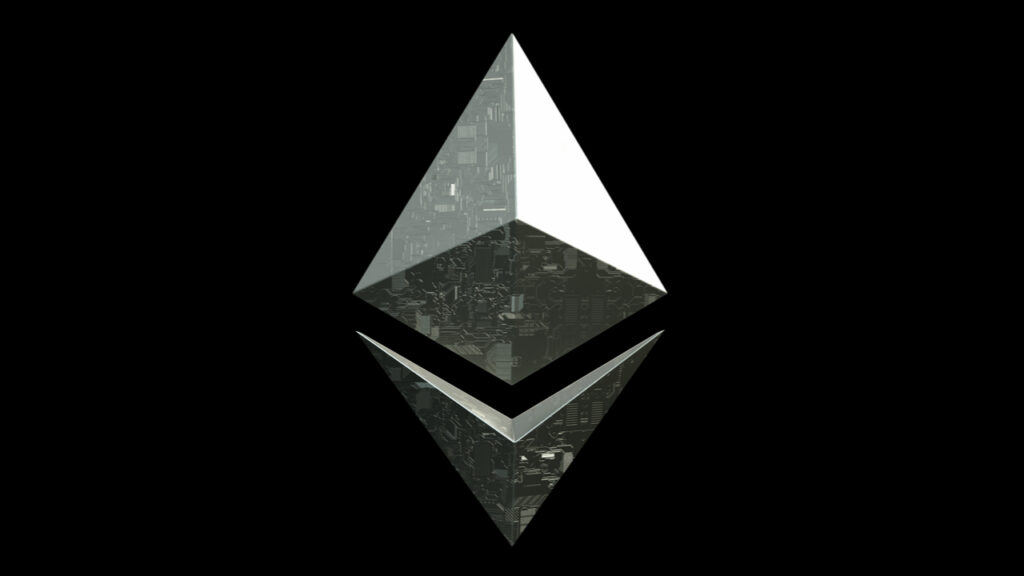Almost two years ago, the London hard fork introduced EIP 1559 to the Ethereum network, revolutionizing how transaction fees are handled.
Since then, more than 3.46 million ether have been permanently burned, amounting to a staggering $6.68 billion in value at current exchange rates.
EIP 1559: The Deflationary Mechanism
EIP 1559 brought a crucial change to Ethereum’s transaction fee mechanism, introducing a base fee component that is constantly consumed, reducing the total supply of ether over time.
This deflationary approach aimed to address issues of high fees and scalability on the network. Since its implementation, an average of approximately 146,000 ether has been burned each month, showcasing the efficacy of this strategy.
Diversified Sources of Ether Burning
The majority of the ether reduction, nearly 300,000 ETH, can be attributed to regular transfers of the cryptocurrency.
Additionally, the popularity of NFT transactions on platforms like Opensea contributed to the burning of more than 230,000 ether. Uniswap v2, the decentralized exchange, saw about 200,000 ether burned during transactions.
The usage of Tether on the Ethereum network resulted in the destruction of over 150,000 ETH. Notably, Uniswap transactions between versions 3 and 1 contributed to the burning of more than 200,000 ether. This diverse range of sources demonstrates the widespread adoption of EIP 1559’s deflationary mechanism.
Ethereum’s Supply Outlook
Before the Merge on September 15, 2022, when Ethereum transitioned from a Proof-of-Work (PoW) to a Proof-of-Stake (PoS) blockchain, the network would have produced around 6.5 million ether.
However, since the implementation of EIP 1559 and the switch to PoS, only a little over 3 million ether has been created. This difference of approximately 3.5 million ether showcases the significant impact of the Merge and EIP 1559 on the total supply of Ethereum.
The Significance of a Reduced Supply
With over 120 million ETH currently in circulation, the decision to implement EIP 1559 and embrace a deflationary approach has had a profound effect on the network’s tokenomics.
By gradually reducing the total amount of ether, Ethereum aims to address issues of inflation and maintain its value proposition as a scarce digital asset.



